DOG TRAINING OFFERED IN-PERSON AND ONLINEOur dog training services are delivered in almost any format that meets your needs. We have GROUP CLASSES at our indoor and outdoor facilities on our farm, ONLINE LIVE STREAMING classes, and SELF-PACED VIDEO-BASED training through our Online Dog Training Course. Our PRIVATE TRAININGS can be done in-home, outside, in public dog-friendly locations, at our facility on our farm, online via phone or video conferencing and through email. |
Jahzara was one of our Greyhounds. She was born in April 2002. We fostered her starting in October 2003 and officially adopted her two months later. We lost her in May 2012.
She taught me a lot. And I like to sometimes reflect on the things I have learned from my dogs.
The Girls Just Wanna Have Fun Story has a few lessons to go along with it.
Jahzara was a very smart girl. People generally do not think of Greyhounds when they are considering which breeds are the smartest. I would suggest that be reconsidered. . .
Not long after Jahzara joined our household as a permanent member of the family, we had to head out of town for a few days. Not ideal, but it was planned long before she joined us and we had to do the best we could with the situation.
We had a petsitter at the time who would come to our house a few times a day and take care of the dogs. That works well for adult dogs who are already settled in and fully housetrained and nondestructive in the house.
Normally, at that point, she was crated when we were gone, but never for long stretches of time. We decided it was not fair to crate her between petsitter visits, since that would mean she was crated for the vast majority of the day as well as all night. So we decided to hope for the best and leave her loose in the house between petsitter visits.
When we arrived home, the petsitter was still at our house. She was trying very hard to clean up the mess that Jahzara had made while she was alone.
Many people would assume that she had separation anxiety. She did not. She actually was pretty comfortable at home alone.
Picture frames were chewed up. Books were chewed up. A few decorations and knickknack-type things on shelves were chewed up.
If it wasn't separation anxiety, what was it?
Boredom. Poor girl did not have much entertainment or exercise for a few days. But she found some ways to entertain herself.
Fortunately, she chewed up several things but did not ingest anything – or at least not enough of anything to make her sick.
She just left quite a mess in the house.
We felt very sorry for our petsitter. She certainly did not have to do all the clean up she did. That was on us. But we sincerely appreciated all the effort she put in for us!
So, what lessons were learned from this?
Lesson #1. Use confinement and/or limited access to the full house until housetraining and any potential destructiveness are under control. We already knew that, we just decided to take that risk over leaving her confined for excessive periods in her crate. If we had it to do over, we would have set things up a bit differently!
Lesson #2. Do not assume your dog is mad at you or trying to spite you when they get destructive. In Jahzara's case, this was NOT being mad at us for leaving. This was NOT separation anxiety. In this case, it was pure boredom. She had some energy to burn and found a way to do burn off some energy in a way that we weren't super thrilled about. But that was our fault, not hers.
Lesson #3. Destructiveness can have many different causes. Separation anxiety can be one, but those will generally be targeted toward exits likes doors and windows. In Jahzara's case, books and picture frames and other random objects indicated she was just trying to have some fun and had excess energy to burn.
Lesson #4. Pay your petsitter a very generous bonus when your dog creates a mess to be cleaned up or otherwise makes the petsitter's job more difficult. Generous bonuses for hard and reliable work pays off! (Amazingly, our petsitter did not fire us after that!)
Lesson #5. If your dog likes to chew paper or wood products, be certain to keep all of those products out of reach of your dog when left unsupervised. (Many dogs do like to chew wood or paper products, especially puppies and adolescent dogs.)
Lesson #6. The backs of most picture frames contain cardboard and/or wood. Hardcover books sometimes too!
Lots of lessons from this story!
Our goal is to positively impact the lives of as many dogs and their families as we can, in part through our extensive library of video, infographics and text articles. |

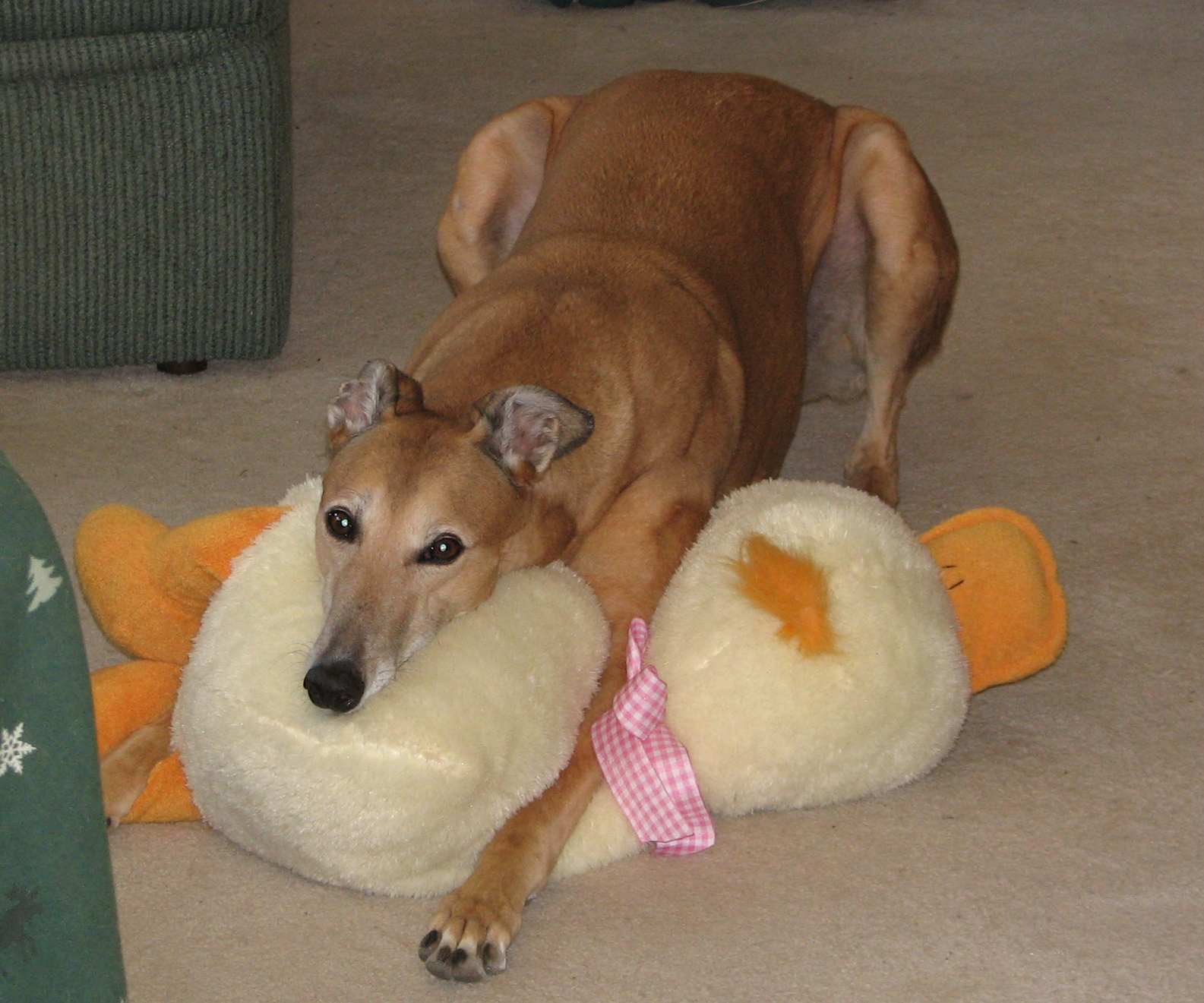

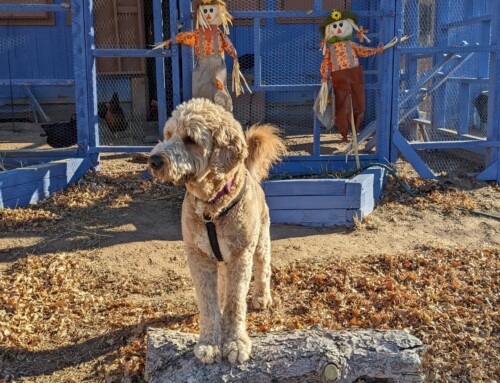
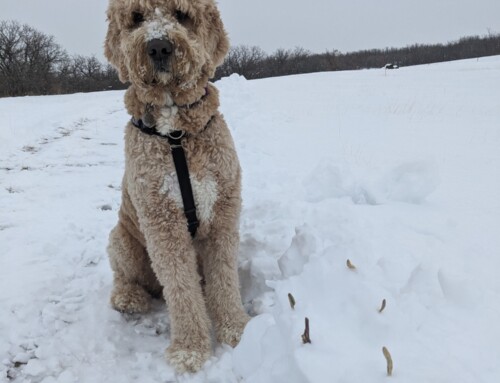
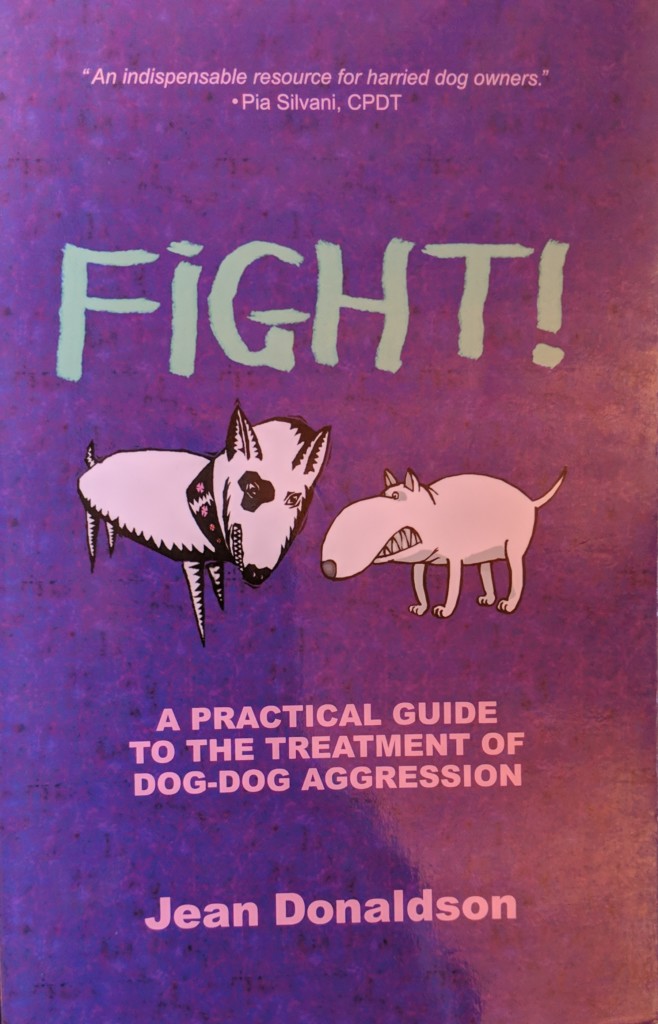

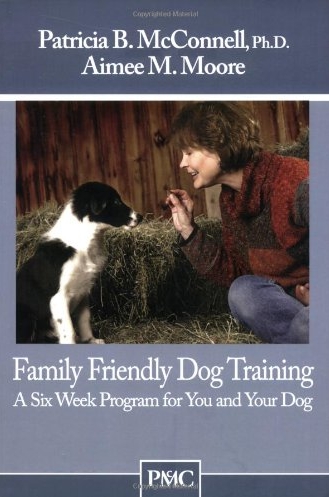
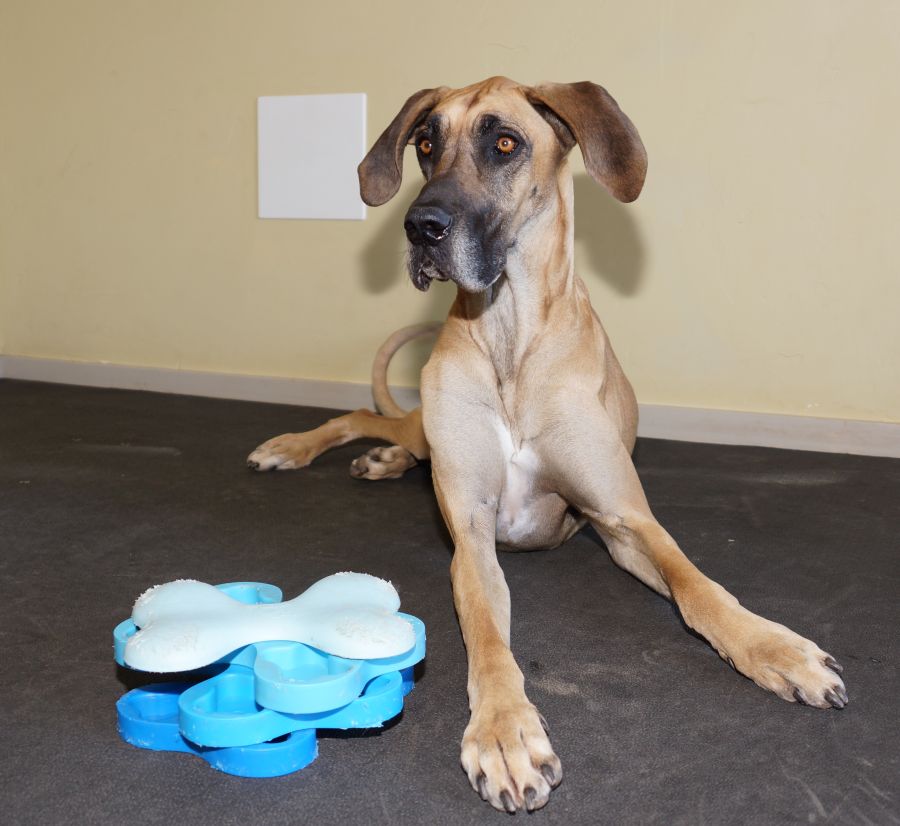
Leave A Comment